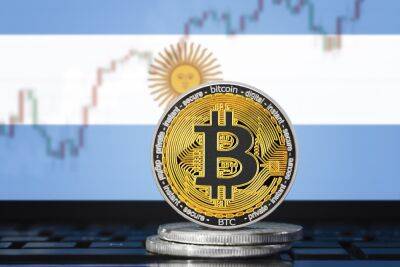Bitcoin: What does it mean today and what is its value?
Bitcoin is the original cryptocurrency, introduced in 2009 to provide individuals and institutions with an alternative to cash payments and an investment opportunity for those looking to avoid the banking system in the wake of the 2008 global financial collapse. While adoption was slow in the early years, its popularity has boomed in the last seven years.
In March 2015, there were just over three million Bitcoin wallets; by November 2022, there were more than 85 million worldwide — an increase of nearly 30x. Bitcoin, and cryptocurrency in general, can be a polarizing topic for financial experts and novices alike. Many still believe in the traditional legacy financial system of stocks and bonds, but Bitcoin has grown to a point where some professional athletes are taking multi-million-dollar contracts in Bitcoin instead of a check.
In short, Bitcoin has become much more than its original intent in Satoshi’s 2008 whitepaper. Below, I’ll discuss what Bitcoin means now and the value it holds for investors at every level.
Bitcoin’s core value and most significant characteristic are that no person can control it independently. Because the rules of the original Bitcoin whitepaper written in 2008 cannot be edited, it is considered the most decentralized digital currency. Users and developers can propose changes but cannot force the nodes that run the software to adopt them.
Also written into the Bitcoin code as a distinctive characteristic is a “hard cap” — or limit — on the number of Bitcoins that can ever exist, which is 21 million. Bitcoin can also never be controlled by one single entity, unlike fiat currencies in developed countries where the government can control the amount distributed to the open market. This lends a
Read more on cointelegraph.com














